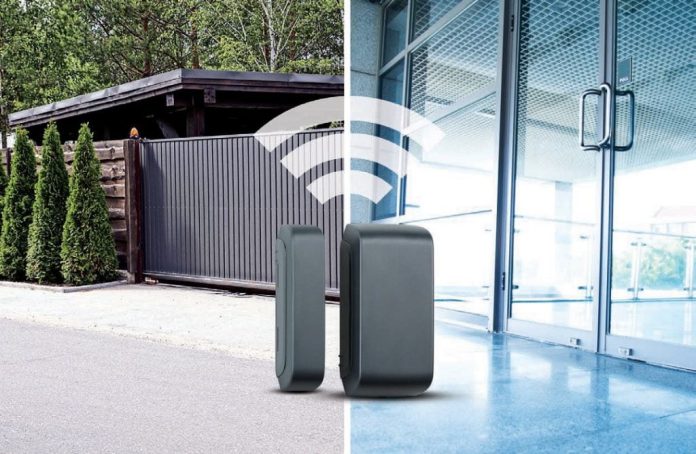What do you think is the most underrated intrusion sensor when it comes to catch performance and complete reliability – what should we be installing more of?
A: SEN tends to favour the perimeter security layer – that means high-end intrusion detection on external approaches like verandahs and closed courtyards, and volumetric coverage of typical entry points and throughways internally. Taking this philosophy into account, we’d argue the most underrated intrusion sensor in residential and small medium commercial applications is the wireless reed switch.
It’s almost invisible, surface mount installation is a snap, it never false alarms, its battery never dies, it can be armed in stay mode to protect workers or family on-premises, and, in a simple alarm and automation application, it will inform owners whenever an access point on the premises is opened and/or closed via smart phone notification whether or not the system is armed.
Installed on front and rear access doors, garage and tool shed, accessible windows (you can use 2 magnets to secure part-open sliding or single-hung windows), and one or 2 throughway doors inside a premises fitted with automatic closers, the wireless reed switch is hard to beat. In concert with higher security locking devices like the 001 on external doors, reeds switches will also confirm whether a premises is sealed or unsealed via door closed or door left open notifications to a smart phone.
Robust external reed switches, like DSC’s DSCPG4312 (BGWT distributes locally) deliver multichannel, frequency hopping spread spectrum (FHSS) technology, adaptive transmission power, high transmission ranges, TDMA synchronized communication technology and 2-way 128-bit AES encryption for large outdoor applications. But basic wireless reeds from a range of manufacturers also enhance a carefully designed alarm system.
#securityelectronicsandnetworks.com












